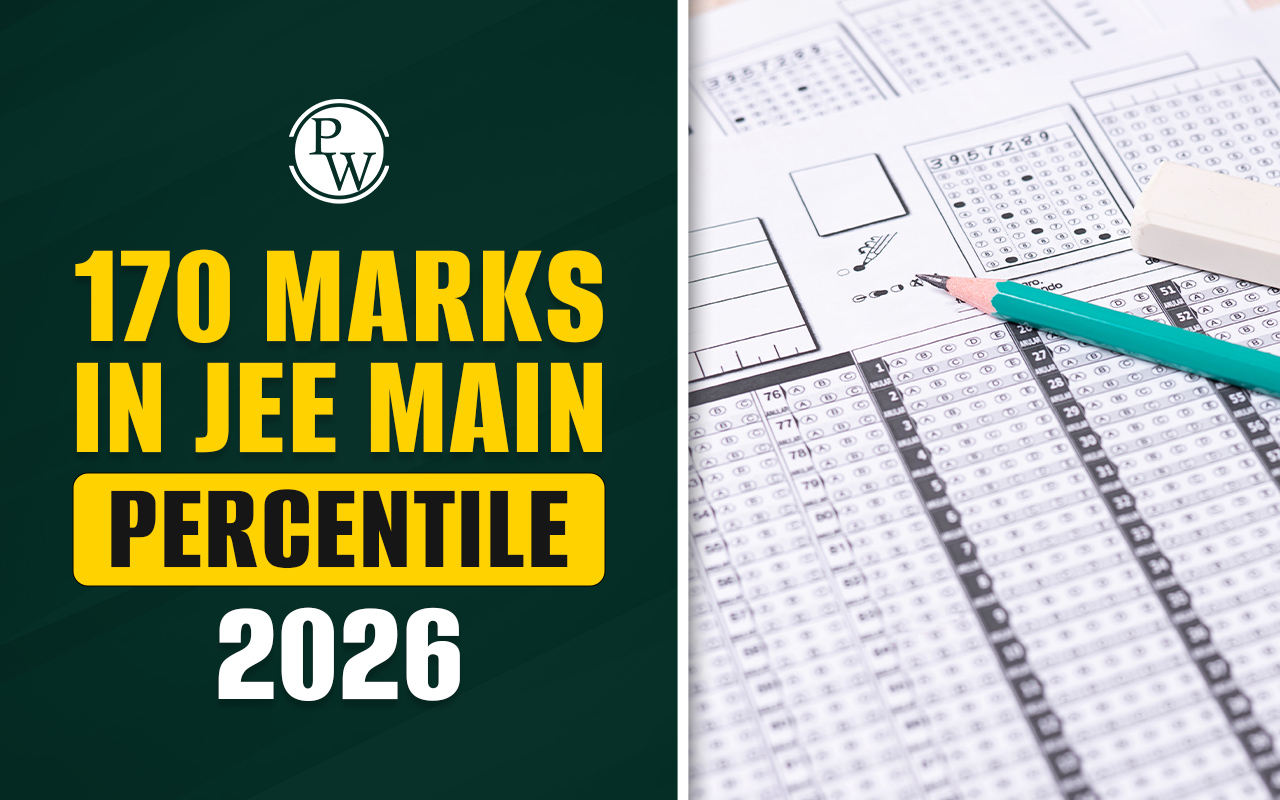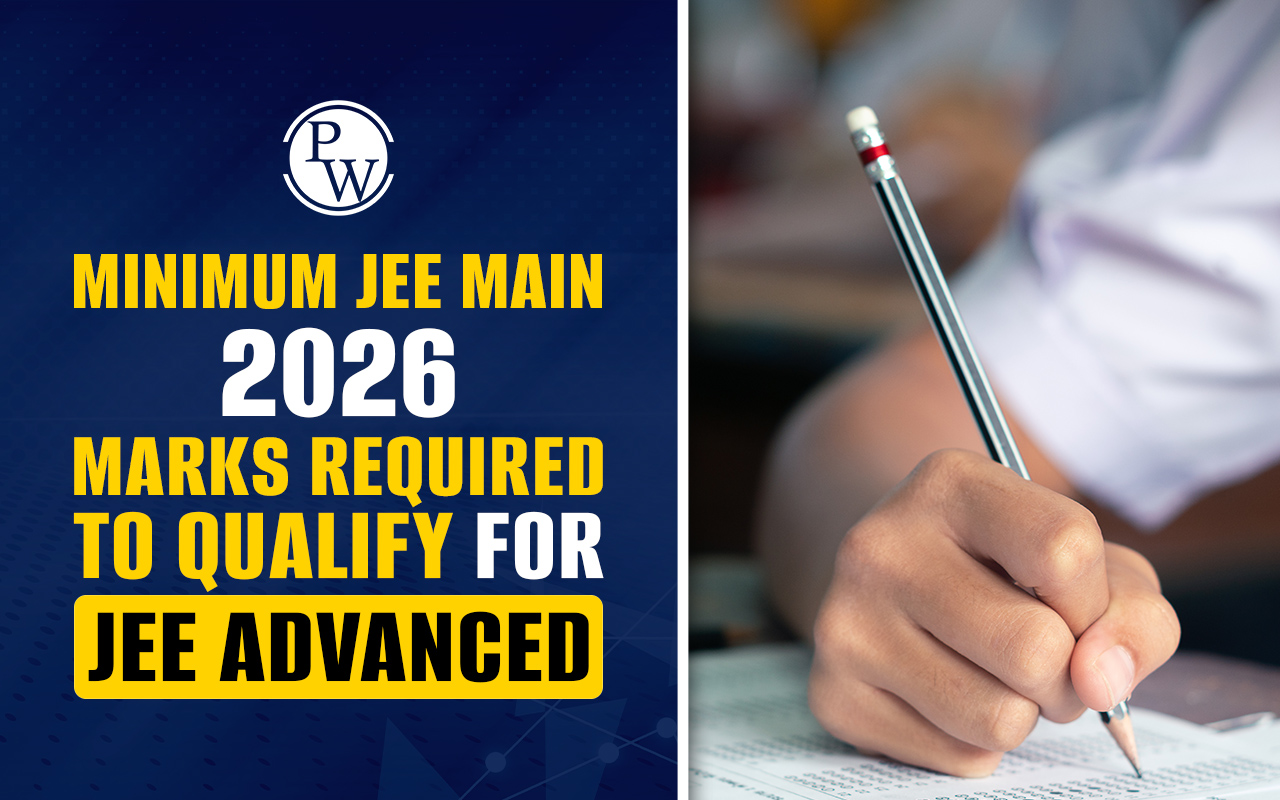
IIT Seat Matrix 2025: JoSAA has recently unveiled the seat matrix for the upcoming academic session of 2025-26, showcasing significant developments across premier educational institutions in India. This year, a total of 62,853 seats will be offered across IITs, NITs, IIITs, and CFTIs, marking an increase of 2,936 seats from the previous year. This article gets into the detailed insights of this year's seat allocation, highlighting notable changes and key statistics across various institutes.
Also Check : JoSAA seat Matrix 2025
IIT Seat Matrix 2025: Institute-wise Distribution
Here is the total number of seats offered by each of the 23 IITs in 2025, including supernumerary seats for females:
|
Name of the IIT |
Total Seats |
|
IIT BHU |
1589 |
|
IIT Bhilai |
329 |
|
IIT Bhubaneshwar |
496 |
|
IIT Bombay |
1360 |
|
IIT Delhi |
1239 |
|
IIT Dharwad |
385 |
|
IIT Gandhinagar |
360 |
|
IIT Goa |
165 |
|
IIT Guwahati |
962 |
|
IIT Hyderabad |
630 |
|
IIT Indore |
480 |
|
IIT ISM Dhanbad |
1210 |
|
IIT Jammu |
305 |
|
IIT Jodhpur |
610 |
|
IIT Kharagpur |
1919 |
|
IIT Madras |
1121 |
|
IIT Mandi |
520 |
|
IIT Palakkad |
200 |
|
IIT Patna |
817 |
|
IIT Ropar |
646 |
|
IIT Roorkee |
1353 |
|
IIT Tirupati |
254 |
IIT Seat Matrix 2025: Category-wise Distribution
The seat matrix is divided into several categories including General, OBC-NCL, SC, ST, EWS, and PWD. Each category also includes gender-neutral and female-only seat splits.
|
Name of the IIT |
General |
OBC-NCL |
SC |
ST |
GEN-EWS |
OPEN-PwD |
|
IIT BHU |
614 |
409 |
227 |
114 |
152 |
30 |
|
IIT Bhilai |
126 |
84 |
47 |
24 |
31 |
7 |
|
IIT Bhubaneswar |
191 |
127 |
70 |
35 |
48 |
10 |
|
IIT Bombay |
531 |
347 |
194 |
97 |
129 |
18 |
|
IIT Delhi |
474 |
318 |
177 |
89 |
118 |
27 |
|
IIT Dharwad |
147 |
93 |
57 |
29 |
37 |
8 |
|
IIT Gandhinagar |
141 |
92 |
53 |
26 |
36 |
5 |
|
IIT Goa |
67 |
42 |
22 |
11 |
16 |
3 |
|
IIT Guwahati |
372 |
247 |
135 |
69 |
90 |
18 |
|
IIT Hyderabad |
240 |
162 |
90 |
46 |
60 |
13 |
|
IIT Indore |
186 |
123 |
68 |
34 |
45 |
8 |
|
IIT ISM Dhanbad |
466 |
312 |
172 |
87 |
113 |
25 |
|
IIT Jammu |
117 |
79 |
44 |
22 |
28 |
6 |
|
IIT Jodhpur |
247 |
153 |
89 |
43 |
57 |
7 |
|
IIT Kharagpur |
247 |
153 |
89 |
43 |
57 |
7 |
|
IIT Madras |
436 |
288 |
159 |
80 |
105 |
22 |
|
IIT Mandi |
201 |
132 |
74 |
37 |
50 |
10 |
|
IIT Palakkad |
77 |
52 |
27 |
15 |
19 |
4 |
|
IIT Patna |
319 |
214 |
117 |
59 |
82 |
13 |
|
IIT Ropar |
249 |
165 |
92 |
46 |
62 |
13 |
|
IIT Roorkee |
526 |
347 |
190 |
95 |
127 |
23 |
|
IIT Tirupati |
99 |
65 |
35 |
18 |
24 |
5 |
IIT Seat Matrix for General Category 2025
The General (Unreserved) Category holds the largest number of seats across all IITs in India. These seats include both gender-neutral seats (open to all candidates) and female supernumerary seats (added specifically to increase female representation in IITs). Below is the seat matrix for General category candidates at various IITs for the academic year 2025:
|
Name of the IIT |
General Seats |
|
IIT BHU |
1589 |
|
IIT Bombay |
1360 |
|
IIT Delhi |
1239 |
|
IIT ISM Dhanbad |
1210 |
|
IIT Madras |
1121 |
|
IIT Guwahati |
962 |
|
IIT Hyderabad |
630 |
|
IIT Kharagpur |
1919 |
|
IIT Jodhpur |
610 |
|
IIT Mandi |
520 |
|
IIT Bhubaneswar |
496 |
|
IIT Indore |
480 |
|
IIT Dharwad |
385 |
|
IIT Gandhinagar |
360 |
|
IIT Jammu |
305 |
|
IIT Bhilai |
329 |
|
IIT Goa |
165 |
IIT Seat Matrix 2025: OBC, SC, ST Categories
As per the Government of India’s reservation policy, a significant portion of seats in IITs is reserved for students belonging to the OBC-NCL, Scheduled Caste (SC), and Scheduled Tribe (ST) categories. These reservations are implemented to ensure equal opportunities for all, and each category also includes PwD subcategories for candidates with benchmark disabilities.
|
Name of the IIT |
OBC-NCL |
SC |
ST |
|
IIT BHU |
409 |
227 |
114 |
|
IIT Bhilai |
84 |
47 |
24 |
|
IIT Bhubaneswar |
127 |
70 |
35 |
|
IIT Bombay |
347 |
194 |
97 |
|
IIT Delhi |
318 |
177 |
89 |
|
IIT Dharwad |
93 |
57 |
29 |
|
IIT Gandhinagar |
92 |
53 |
26 |
|
IIT Goa |
42 |
22 |
11 |
|
IIT Guwahati |
247 |
135 |
69 |
|
IIT Hyderabad |
162 |
90 |
46 |
|
IIT Indore |
123 |
68 |
34 |
|
IIT ISM Dhanbad |
312 |
172 |
87 |
|
IIT Jammu |
79 |
44 |
22 |
|
IIT Jodhpur |
153 |
89 |
43 |
|
IIT Kharagpur |
153 |
89 |
43 |
|
IIT Madras |
288 |
159 |
80 |
|
IIT Mandi |
132 |
74 |
37 |
|
IIT Palakkad |
52 |
27 |
15 |
|
IIT Patna |
214 |
117 |
59 |
|
IIT Ropar |
165 |
92 |
46 |
|
IIT Roorkee |
347 |
190 |
95 |
|
IIT Tirupati |
65 |
35 |
18 |
IIT Seat Matrix for PWD Candidates
In the IIT seat matrix, a 5% reservation is provided for Persons with Disabilities (PWD) across all categories including General, OBC, SC, ST, and EWS. This reservation ensures fair and equal opportunities for PWD candidates to secure admission in various engineering programs at IITs.
IIT Seat Matrix Gender-wise (Female Supernumerary Seats) – 2025
In 2025, all IITs have implemented a defined number of female supernumerary seats to ensure better gender balance across campuses. These seats are available across all categories, including General, OBC-NCL, SC, ST, and GEN-EWS.
The proportion of female seats is tailored institute-wise and branch-wise, with the overall goal of achieving at least 20% female representation in undergraduate programs. This initiative reflects the IITs’ commitment to creating a more inclusive and diverse academic environment.
Purpose of Female Supernumerary Seats
introduction of female supernumerary seats serves multiple important objectives aimed at fostering a more balanced and inclusive academic environment across IITs:
- Bridging the gender gap in premier technical institutions by increasing the representation of female students.
- Encouraging and empowering girls to take up careers in Science, Technology, Engineering, and Mathematics (STEM).
- Promoting inclusivity without compromising on merit, ensuring fair competition for all candidates.
IIT Seat Matrix Branch-wise 2025
Apart from category-wise and gender-wise distribution, seats in IITs are also allocated branch-wise, depending on the popularity, infrastructure, and intake capacity of each program at the respective institutes. Every IIT offers a unique combination of B.Tech courses, but certain core branches are common across most IITs. The table below presents some of the top B.Tech programs available across the 23 Indian Institutes of Technology (IITs):
|
Top B.Tech Programs Offered by IITs |
|
Biotechnology |
|
Chemical Engineering |
|
Civil Engineering |
|
Computer Science and Engineering |
|
Electrical Engineering |
|
Electronics and Communication Engineering |
|
Electronics and Electrical Engineering |
|
Mechanical Engineering |
IIT Seat Allotment Statistics and Trends
Here’s the updated seat distribution across various IITs for the year 2025, reflecting recent increases in seat numbers.
|
IIT College Name |
Number of Seats (2025) |
Seat Increase from 2024 |
|
IIT Bhilai Seat Matrix |
329 |
+46 |
|
IIT Bhubaneswar Seat Matrix |
496 |
No change |
|
IIT Bombay Seat Matrix |
1360 |
-8 |
| IIT Delhi Seat Matrix |
1239 |
+30 |
| IIT Dharwad Seat Matrix |
385 |
No change |
|
IIT Gandhinagar Seat Matrix |
360 |
-40 |
| IIT Guwahati Seat Matrix |
962 |
+10 |
| IIT Hyderabad Seat Matrix |
630 |
No change |
| IIT Indore Seat Matrix |
480 |
No change |
| IIT Jodhpur Seat Matrix |
610 |
+10 |
| IIT Kharagpur Seat Matrix |
1919 |
+20 |
|
IIT Madras Seat Matrix |
1121 |
-7 |
| IIT Mandi Seat Matrix |
520 |
No change |
| IIT Patna Seat Matrix |
817 |
No change |
| IIT Roorkee Seat Matrix |
1353 |
No change |
| IIT Tirupati Seat Matrix |
254 |
No change |
Increase in IIT Seats for 2025: Official Data and Distribution Details
Based on official data, the number of seats available in IITs has gone up by 116 for the year 2025. Here's how these increases are spread out across different IITs: IIT Bhilai gained 46 seats, IIT Delhi added 30 seats, IIT Guwahati increased by 10 seats, IIT Jodhpur saw an addition of 10 seats, IIT Kharagpur grew by 20 seats.
IIT Seat Matrix with Cutoff 2025
The seat matrix at IITs is closely linked with the JEE Advanced cutoffs, which determine the minimum rank required for admission into a specific branch at a particular IIT. These cutoffs vary each year based on several factors, including the number of applicants, difficulty level of the exam, and seat availability.
Seat Matrix for Top IITs
Top IITs like IIT Bombay, IIT Delhi, IIT Madras, IIT Kanpur, and IIT Kharagpur have over 1,000 seats each year. Seats are divided among popular branches such as Computer Science, Electrical, Mechanical, and Civil Engineering. Due to high competition and limited seats, scoring well in JEE Advanced is crucial. These institutes also follow reservation rules for different categories. Overall, the seat matrix reflects the high demand and quality education these IITs offer.
IIT Seat Matrix PDF Download
To access the complete and official IIT Seat Matrix for 2025, visit the JoSAA official website. There, you can download the detailed IIT Seat Matrix PDF, which includes seat distribution across all IITs, branches, and categories.
JoSAA 2025 Counselling for IITs
Candidates aiming to secure admission to Indian Institutes of Technology (IITs) for the academic year 2025-26 will participate in the JoSAA counselling process. This involves:
- Candidates interested in securing admission to Indian Institutes of Technology (IITs) for the academic year 2025-26 must participate in the Joint Seat Allocation Authority (JoSAA) counselling process.
- During JoSAA registration, candidates will select their preferred colleges and B.Tech programs based on their merit and preferences.
- The counselling portal will display the list of eligible courses and institutes according to the candidate’s rank.
- Admission decisions will be made considering the candidate’s merit, chosen preferences, and the availability of seats.
IIT Seat Matrix 2025 FAQs
How many seats have been allocated in IITs for the 2025 session?
How many seats are there in NIT in 2025?
Has JoSAA counselling started for 2025?
Which IIT will make JEE Advanced 2025?
How many seats are there in IIT 2025?










